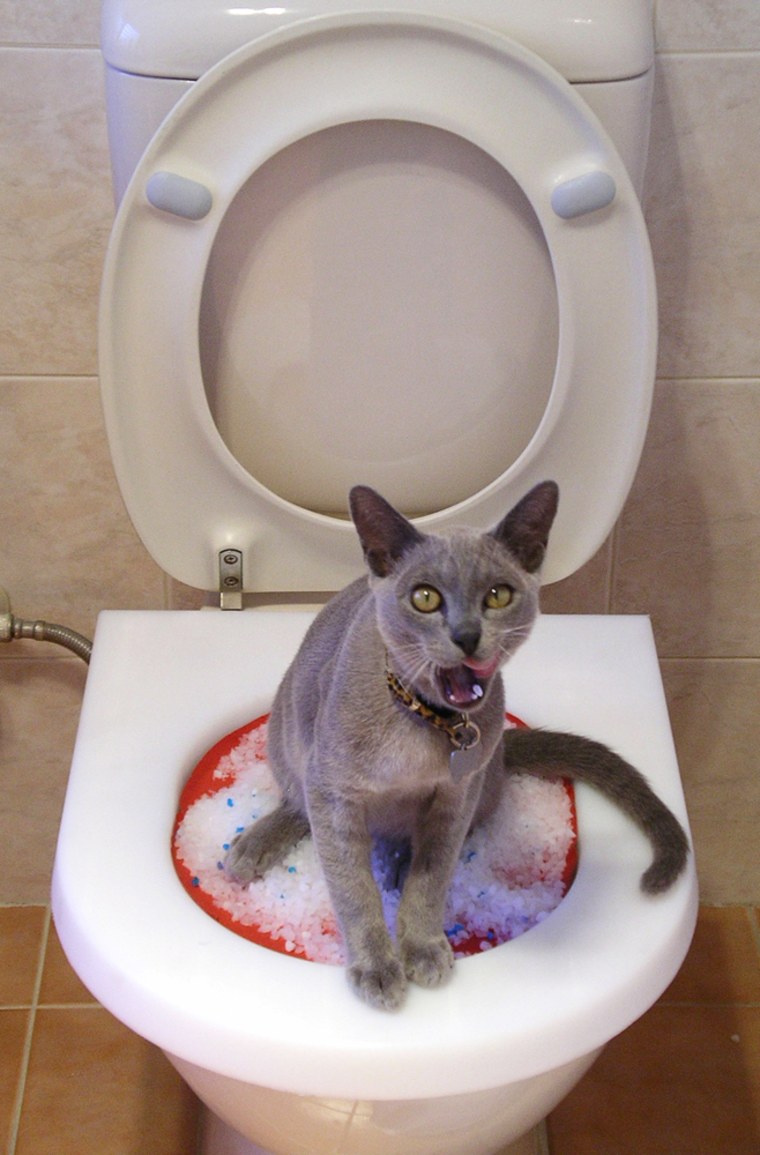Avoid Clogs and Damage: Never Flush Cat Poop Down Your Toilet - Professional Recommendations
Avoid Clogs and Damage: Never Flush Cat Poop Down Your Toilet - Professional Recommendations
Blog Article
In this article below you will discover more excellent insight in relation to How to Dispose of Cat Poop and Litter Without Plastic Bags.

Introduction
As cat proprietors, it's important to bear in mind just how we take care of our feline close friends' waste. While it might appear hassle-free to purge pet cat poop down the commode, this technique can have damaging consequences for both the environment and human health.
Alternatives to Flushing
Fortunately, there are more secure and extra liable means to throw away feline poop. Think about the complying with alternatives:
1. Scoop and Dispose in Trash
The most usual technique of getting rid of feline poop is to scoop it into a biodegradable bag and toss it in the garbage. Make sure to use a dedicated clutter inside story and get rid of the waste without delay.
2. Usage Biodegradable Litter
Choose biodegradable pet cat trash made from materials such as corn or wheat. These litters are eco-friendly and can be safely dealt with in the garbage.
3. Hide in the Yard
If you have a yard, consider burying feline waste in an assigned location far from vegetable yards and water sources. Be sure to dig deep adequate to prevent contamination of groundwater.
4. Mount a Pet Waste Disposal System
Purchase an animal garbage disposal system especially designed for feline waste. These systems utilize enzymes to break down the waste, lowering odor and environmental effect.
Wellness Risks
In addition to environmental issues, flushing feline waste can additionally posture health risks to humans. Cat feces may include Toxoplasma gondii, a parasite that can create toxoplasmosis-- a potentially extreme ailment, particularly for pregnant women and individuals with weakened immune systems.
Environmental Impact
Flushing cat poop introduces damaging pathogens and bloodsuckers right into the water, posturing a significant risk to aquatic ecosystems. These contaminants can negatively impact aquatic life and concession water top quality.
Verdict
Liable family pet possession prolongs beyond offering food and shelter-- it also involves correct waste monitoring. By avoiding purging cat poop down the commode and going with different disposal techniques, we can lessen our environmental footprint and protect human wellness.
Why Can’t I Flush Cat Poop?
It Spreads a Parasite
Cats are frequently infected with a parasite called toxoplasma gondii. The parasite causes an infection called toxoplasmosis. It is usually harmless to cats. The parasite only uses cat poop as a host for its eggs. Otherwise, the cat’s immune system usually keeps the infection at low enough levels to maintain its own health. But it does not stop the develop of eggs. These eggs are tiny and surprisingly tough. They may survive for a year before they begin to grow. But that’s the problem.
Our wastewater system is not designed to deal with toxoplasmosis eggs. Instead, most eggs will flush from your toilet into sewers and wastewater management plants. After the sewage is treated for many other harmful things in it, it is typically released into local rivers, lakes, or oceans. Here, the toxoplasmosis eggs can find new hosts, including starfish, crabs, otters, and many other wildlife. For many, this is a significant risk to their health. Toxoplasmosis can also end up infecting water sources that are important for agriculture, which means our deer, pigs, and sheep can get infected too.
Is There Risk to Humans?
There can be a risk to human life from flushing cat poop down the toilet. If you do so, the parasites from your cat’s poop can end up in shellfish, game animals, or livestock. If this meat is then served raw or undercooked, the people who eat it can get sick.
In fact, according to the CDC, 40 million people in the United States are infected with toxoplasma gondii. They get it from exposure to infected seafood, or from some kind of cat poop contamination, like drinking from a stream that is contaminated or touching anything that has come into contact with cat poop. That includes just cleaning a cat litter box.
Most people who get infected with these parasites will not develop any symptoms. However, for pregnant women or for those with compromised immune systems, the parasite can cause severe health problems.
How to Handle Cat Poop
The best way to handle cat poop is actually to clean the box more often. The eggs that the parasite sheds will not become active until one to five days after the cat poops. That means that if you clean daily, you’re much less likely to come into direct contact with infectious eggs.
That said, always dispose of cat poop in the garbage and not down the toilet. Wash your hands before and after you clean the litter box, and bring the bag of poop right outside to your garbage bins.
https://trenchlesssolutionsusa.com/why-cant-i-flush-cat-poop/

Do you appreciate reading about How to Dispose of Cat Poop and Litter Without Plastic Bags? Make feedback down the page. We will be glad to listen to your ideas about this post. In hopes that you visit us again later on. Make sure you take the time to distribute this entry if you enjoyed it. We truly appreciate reading our article about Can You Flush Cat Poo or Litter Down the Toilet?.
Schedule Here Report this page